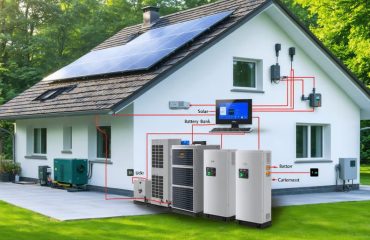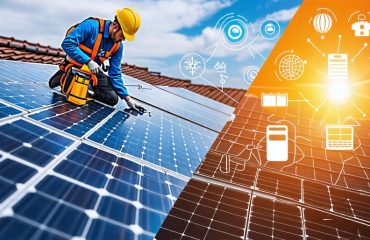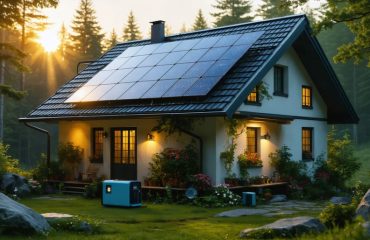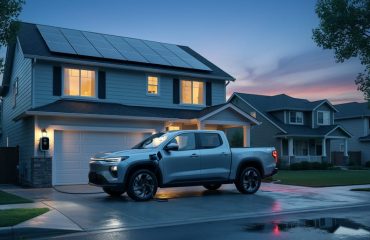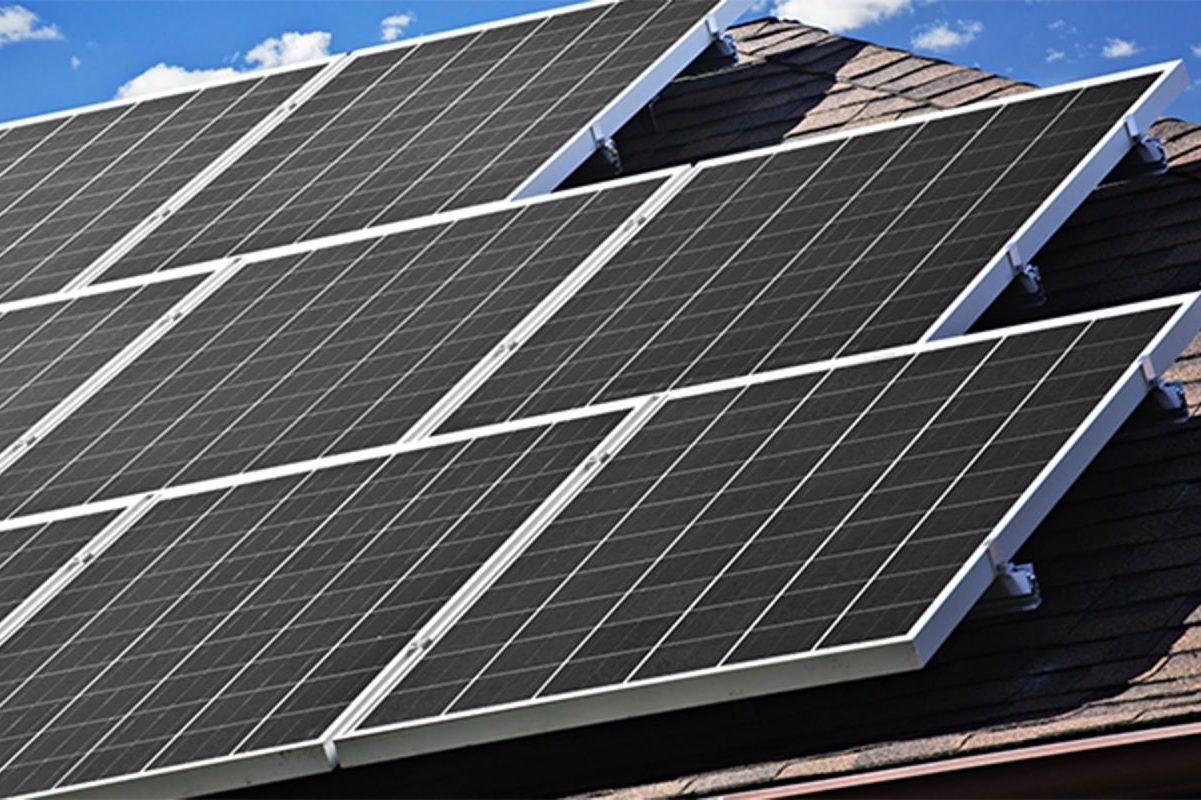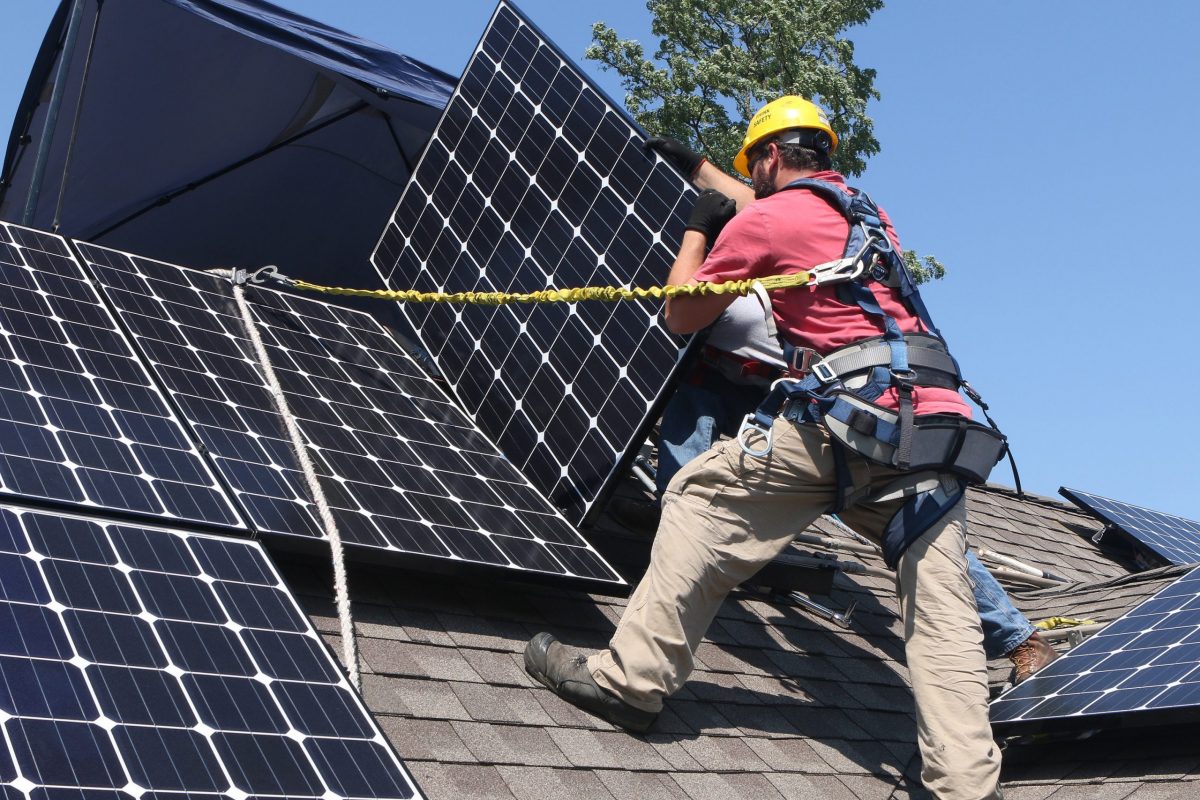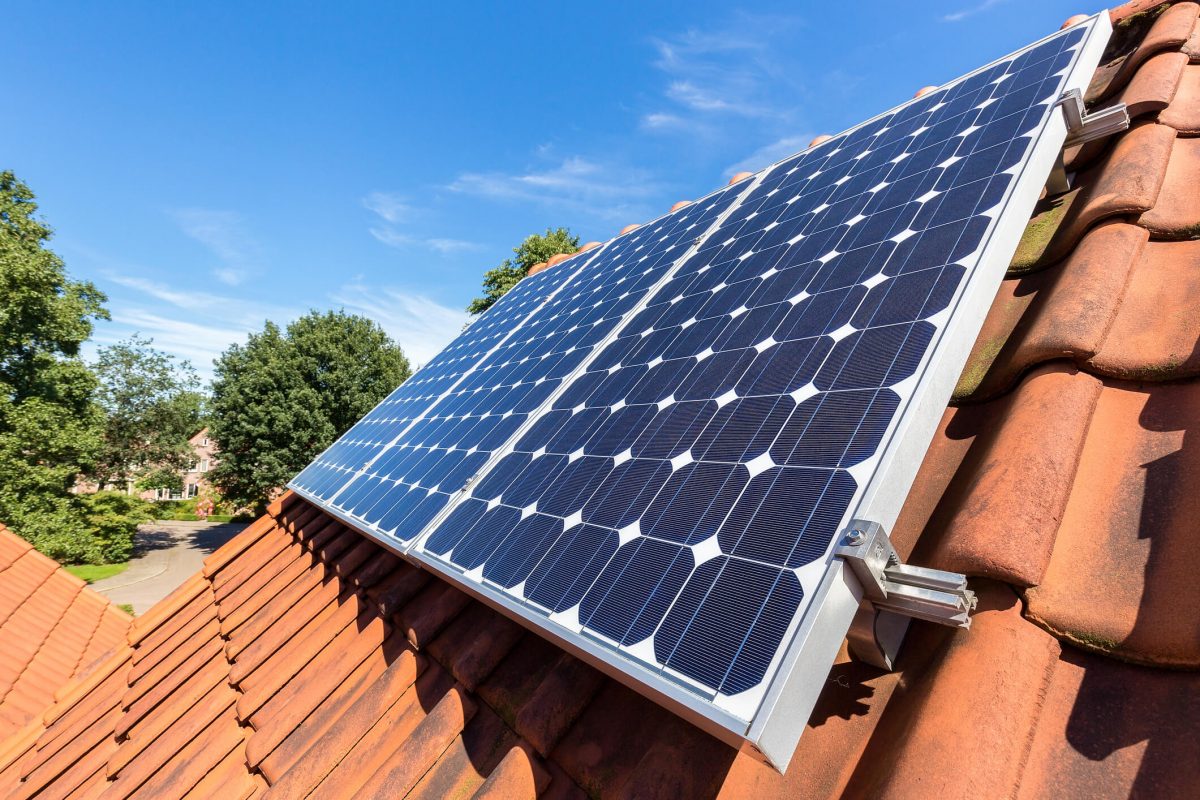Solar energy storage revolutionizes how we harness and use the sun’s power, enabling homeowners to keep your home powered 24/7, even when the sun isn’t shining. Think of it as a personal power bank for your house – capturing excess solar energy during sunny days and delivering it back when you need it most. This game-changing technology transforms intermittent solar power into a reliable, round-the-clock energy solution, offering independence from the grid and protection against power outages.
Modern solar storage systems have become increasingly affordable and efficient, making them a practical investment for homeowners looking to maximize their solar panel investment. Whether you’re considering adding batteries to your existing solar setup or planning a new installation, understanding solar storage options can help you achieve true energy independence while significantly reducing your monthly utility bills.
How Solar Energy Storage Works
From Sunlight to Stored Power
Solar energy storage begins with your solar panels capturing sunlight during the day. These panels contain photovoltaic cells that convert sunlight into direct current (DC) electricity through a fascinating process called the photovoltaic effect. This DC electricity then flows to an inverter, which transforms it into alternating current (AC) electricity – the type your home appliances use.
But what happens to excess energy your panels produce? This is where storage comes in. Instead of sending surplus electricity back to the grid, a battery system can capture and store it for later use. Think of it like filling up a water tank on a rainy day to use during dry spells. The stored energy is ready whenever you need it – after sunset, during power outages, or when electricity rates are highest.
Modern storage systems are incredibly smart, automatically deciding whether to store energy or use it immediately based on your household’s consumption patterns. They can even prioritize storing energy during off-peak hours and releasing it during peak times to maximize your savings.
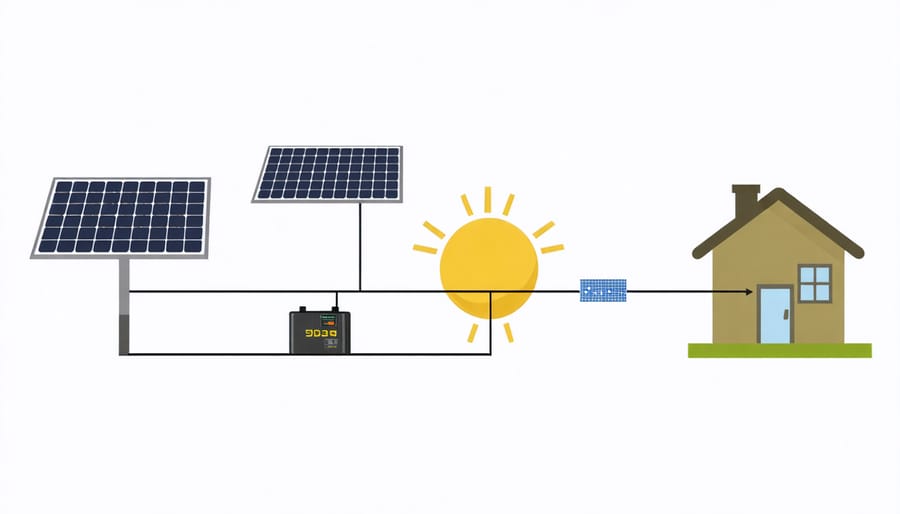
Key Components of Storage Systems
A solar energy storage system consists of three essential components working together to power your home efficiently. The heart of the system is the battery bank, typically made of lithium-ion batteries, which safely stores excess solar energy for later use. These modern batteries are compact, long-lasting, and require minimal maintenance, making them perfect for home installations.
The inverter plays a crucial role by converting the stored DC power from your batteries into AC power that your home appliances can use. Many systems now use smart inverters that automatically manage power flow between your solar panels, batteries, and home, ensuring optimal energy usage.
The control system, often called the battery management system (BMS), acts as the brain of your storage setup. It monitors battery health, manages charging and discharging cycles, and protects against overcharging or excessive discharge. Many modern systems include user-friendly apps that let you track your energy usage and storage levels right from your smartphone, giving you complete control over your home’s energy management.
Benefits of Solar Storage for Your Home
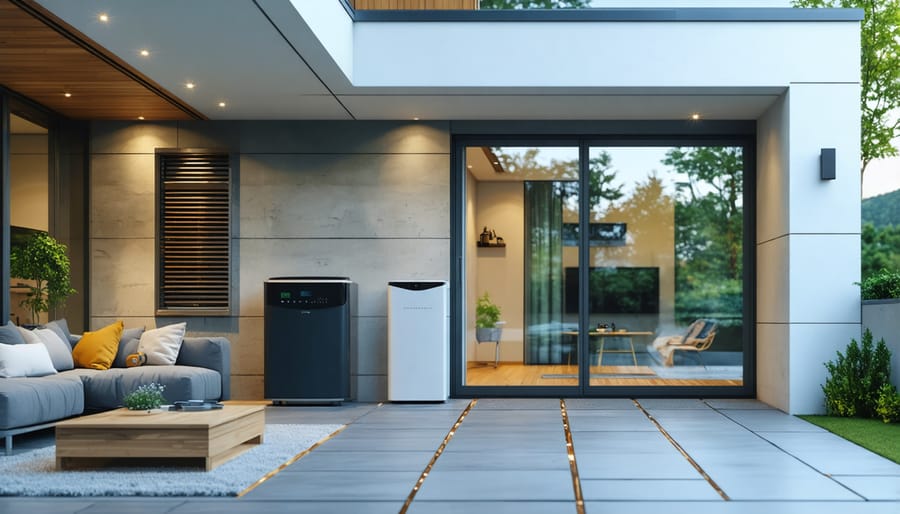
Energy Independence and Backup Power
Solar energy storage systems offer a powerful solution for achieving energy independence and ensuring reliable backup power during grid outages. When the power grid fails due to severe weather, equipment failures, or other disruptions, homes with solar batteries can keep essential appliances running smoothly.
Think of your solar battery system as a personal power plant. During normal operations, it stores excess energy produced by your solar panels for use at night or during cloudy days. But when the grid goes down, it automatically switches to backup mode, providing seamless power to keep your lights on, refrigerator running, and essential medical equipment operating.
This independence from the grid brings peace of mind and practical benefits. You’ll no longer need to worry about food spoiling during blackouts or being left in the dark during storms. Many homeowners choose to back up critical circuits that power their most important needs, while others opt for whole-home backup solutions.
The ability to generate and store your own clean energy also reduces your reliance on utility companies and their rising electricity rates. During peak rate periods or demand charges, you can draw from your stored energy instead of the grid, potentially saving hundreds of dollars annually while maintaining your comfort and security.
Modern solar storage systems are smart, too. They can automatically detect outages, switch to backup power in milliseconds, and intelligently manage your stored energy to maximize its use when you need it most.
Cost Savings and Smart Energy Management
Solar energy storage systems offer significant financial benefits through strategic energy management. By storing excess solar power for later use, you can maximize your energy savings and reduce reliance on grid electricity during peak-rate hours.
During daylight hours, your solar panels often generate more electricity than needed. Instead of sending this surplus back to the grid at low feed-in tariff rates, storage systems allow you to keep this valuable energy for evening use when electricity rates are typically highest. This peak/off-peak arbitrage can lead to substantial savings on your monthly utility bills.
Smart energy management features in modern storage systems automatically optimize energy flow based on your household’s consumption patterns. These systems can predict your energy needs, weather conditions, and utility rates to decide when to store power and when to use it, ensuring you get the most value from your solar investment.
Many utility companies offer additional incentives for homes with storage systems, including demand response programs that pay you for helping balance the grid during high-demand periods. Combined with potential tax credits and rebates, these benefits can significantly reduce the initial investment cost while providing ongoing savings throughout the system’s lifetime.
Types of Solar Storage Solutions
Battery Technologies
When it comes to storing solar energy, several battery technologies are available, each with its own advantages. Lead-acid batteries, the most traditional option, offer reliability at a lower cost but require regular maintenance and have a shorter lifespan. They’re often used in basic backup power systems and off-grid setups.
Lithium-ion batteries have become increasingly popular for home solar storage, thanks to their longer lifespan, higher efficiency, and minimal maintenance needs. While they cost more initially, their superior performance and durability make them a cost-effective choice for most homeowners. These batteries can last 10-15 years and maintain consistent performance throughout their lifetime.
Saltwater batteries are emerging as an eco-friendly alternative, using non-toxic materials and offering excellent safety features. Though less common, they’re worth considering for environmentally conscious homeowners.
Flow batteries, while primarily used in commercial applications, provide exceptional longevity and can be scaled up easily. They’re particularly effective for larger energy storage needs but are typically too costly for residential use.
For most homeowners, lithium-ion batteries offer the best balance of performance, lifespan, and value, making them the go-to choice for solar energy storage systems.
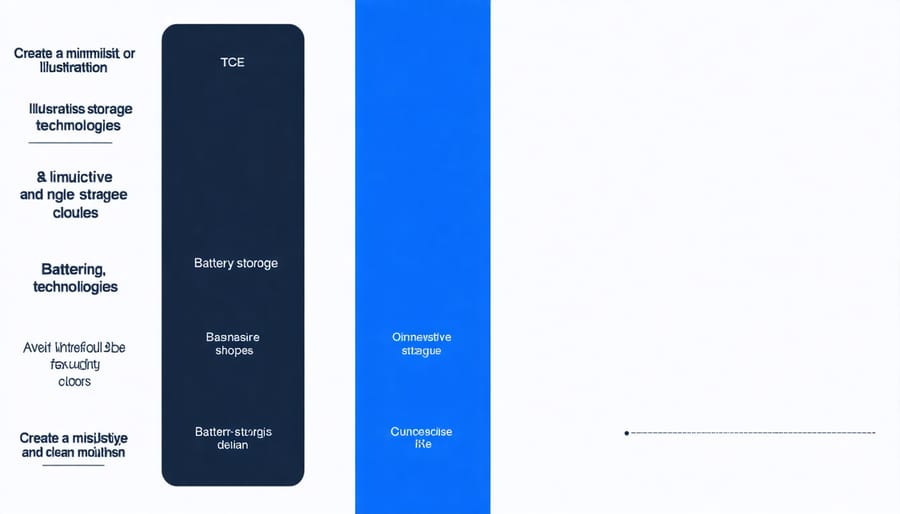
Sizing Your Storage System
To determine the right storage capacity for your home, start by calculating your daily energy consumption. Review your electricity bills from the past year and identify your average daily usage in kilowatt-hours (kWh). Consider which appliances and systems you want to power during outages – this could range from just essential items like refrigeration and lighting to your entire home’s needs.
Next, think about how long you want your backup power to last. Most homeowners opt for 1-2 days of backup power, though this can vary based on your location and typical weather patterns. If you experience frequent outages, you might want more capacity.
Don’t forget to factor in your solar panel system’s size and daily production. Your storage system should be able to capture excess solar energy during peak production hours while providing enough capacity to meet your nighttime needs.
For example, if your daily usage is 30 kWh and you want one day of backup power, you’ll need at least a 30 kWh storage system. However, many homeowners choose to start with a smaller system covering just essential loads, which can be expanded later as needed.
Integration with Your Solar System
Adding energy storage to your solar system is like upgrading from a simple light switch to a smart home system – it enhances everything about your solar investment. Whether you’re installing a new solar system or adding storage to an existing setup, the process is straightforward and designed to work seamlessly with your home’s energy infrastructure.
For new solar installations, your storage system can be integrated right from the start. The solar panels, inverter, and battery storage are installed as a complete package, working together to capture, convert, and store energy. Your installer will size both the solar array and storage system to match your household’s specific energy needs.
If you already have solar panels, don’t worry – you can still add storage! Most modern solar systems are storage-ready, requiring only the addition of a battery and some supporting hardware. Your existing inverter might need an upgrade, but many newer systems already have the necessary components to accommodate storage.
The integration process typically involves installing the battery unit, connecting it to your existing solar setup, and adding a smart control system. This control system automatically manages energy flow – directing excess solar power to your batteries during the day and drawing from stored energy when needed, such as during evenings or cloudy days.
Most storage systems also include monitoring capabilities, allowing you to track your energy production, storage, and usage through a user-friendly smartphone app or web interface.
Solar energy storage is a game-changing technology that puts you in control of your home’s energy future. By combining solar panels with a storage system, you can maximize your energy independence, reduce your electricity bills, and maintain power even during outages. Whether you choose a battery system, thermal storage, or mechanical solutions, the key is selecting what works best for your specific needs and budget.
Ready to take the next step? Start by assessing your current energy usage, consulting with certified solar installers, and exploring available incentives in your area. Many homeowners find that the long-term savings and environmental benefits make solar storage a worthwhile investment. With advancing technology and decreasing costs, there’s never been a better time to embrace solar energy storage and secure your energy independence.


